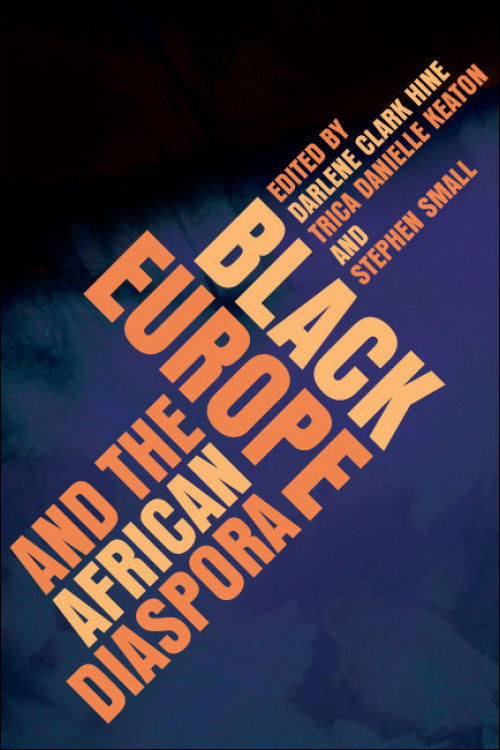Genealogy as Social Memory: Making the Public Personal
The 7th Annual Committee on Historical Studies, Sociology Department and International Labor Working Class History Journal Joint Conference
History Matters: Spaces of Violences, Spaces of Memory
New School for Social Research
2004-04-23 through 2004-04-24
Karla Hackstaff, Associate Professor of Sociology
Northern Arizona University
“Race, like nature and sex, is replete with all the rituals of guilt and innocence in the stories of nation, family, and species. Race, like nature, is about roots, pollution, and origins. An inherently dubious notion, race, like sex, is about the purity of lineage; the legitimacy of passage; and the drama of inheritance of bodies, property, and stories”
(Haraway 1995, p. 213).
In May 2002, the Thomas Jefferson Foundation which runs Monticello and is comprised of the descendants of Thomas and Martha Jefferson voted to deny membership and associated burial rights to the descendants of Sally Hemings—a slave who appears to have had children by Thomas Jefferson (San Francisco Chronicle, May 12, 2002, p. D4). This decision was somewhat surprising because in 1998 genetic tests appeared to confirm what Hemings’ relatives had claimed through oral history for years—that at least one, if not all, of Sally Hemings’ children had descended from Thomas Jefferson. Still, the white descendants concluded that the historical and scientific evidence was “insufficient.”…
…First, within sociology there is a large and growing literature on the formation of racial/ethnic identities, relations, and the accompanying constructions of inequalities (e.g. Azoulay 1997; Brah and Coombes 2000; Collins 2000; DaCosta 2000; Haraway 1995; Nagel 1994; Omi and Winant 1994; Pedraza and Rumbaut 1996; Song 2001; Waters 1990; Worchel 1999). Given that race, ethnicity, and nationality organize many genealogical associations, clearly, race and ethnicity are constructed in the process of doing genealogy. Although ‘race’ as a biological construction has been widely rejected, it is no less real for being a social construction. As many scholars have shown, racialethnic constructions must be sustained, and are neither invariant nor universal. Ethnoracial identities are sustained through various practices, policies, and institutions—including families. Because interracial relations have been taboo, we still assume and to a large degree produce families that appear monoracial (DaCosta 2000). Intermarriage has grown substantially in recent decades—there were ten times as many couples categorized as interracial in 1990 as had been the case in 1960; still, in 1990 interracial marriages were just three percent of all marriages in the United Stated (DaCosta 2000, p. 9-10). By 2000, six percent of marriage households were interracial (Simmons and O’Connell 2003). The practices of adoption agencies and sperm banks often, if not always, produce monoracial families as well. In short, ethnoracial identities continue to be crucial to family constructions…
Read the entire paper here.



